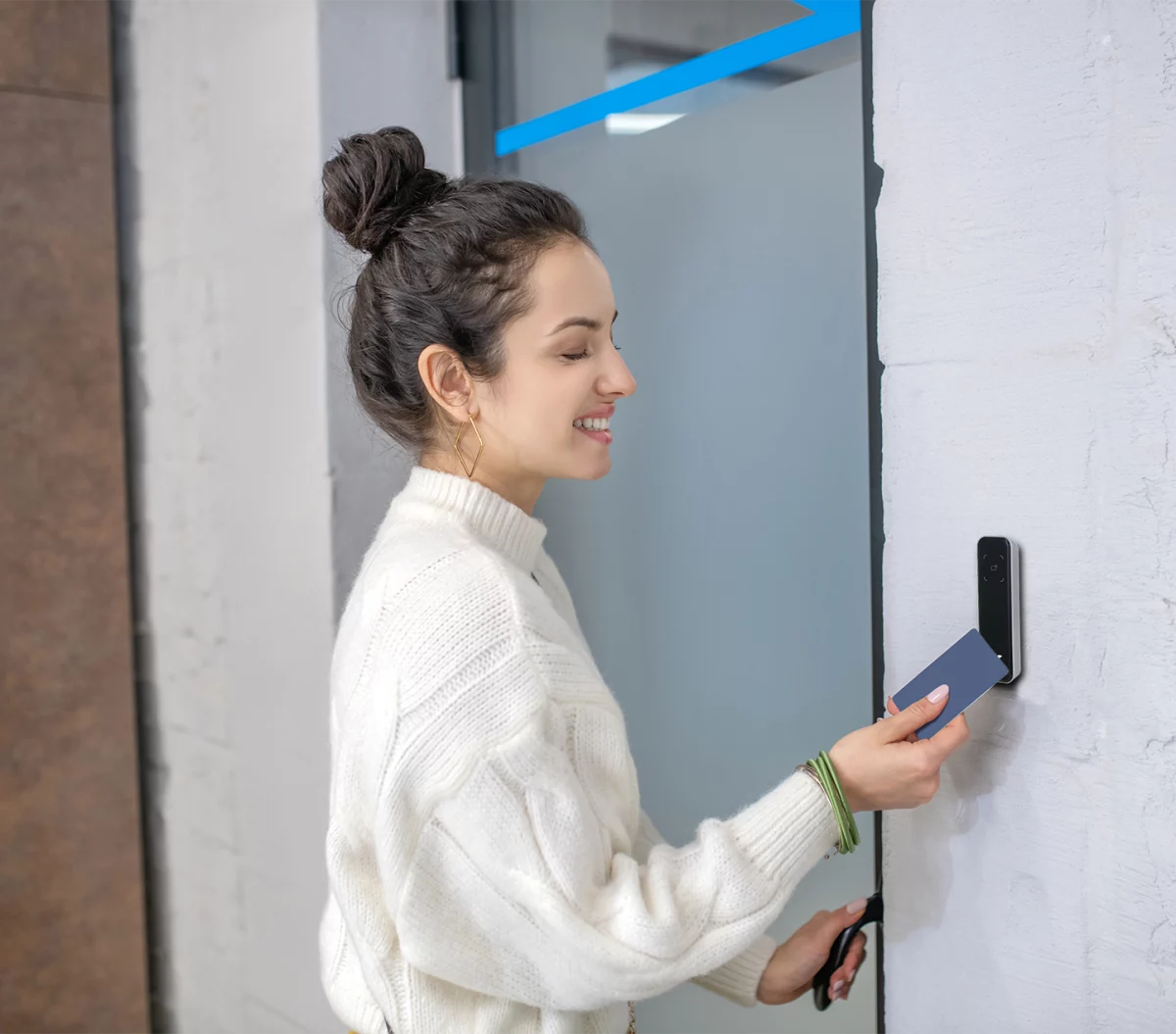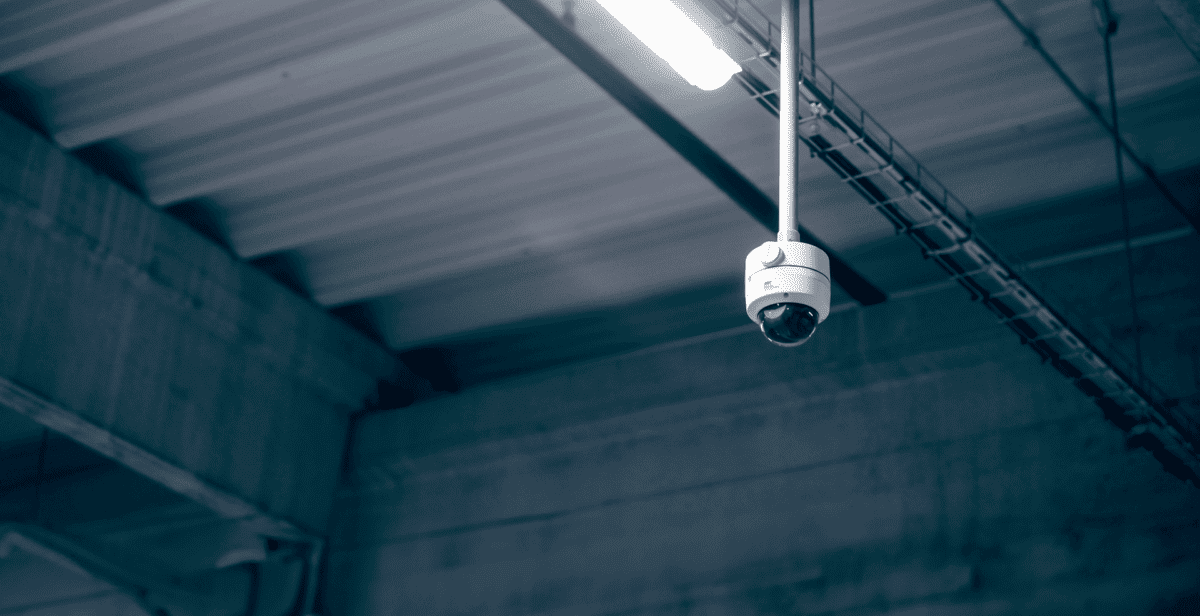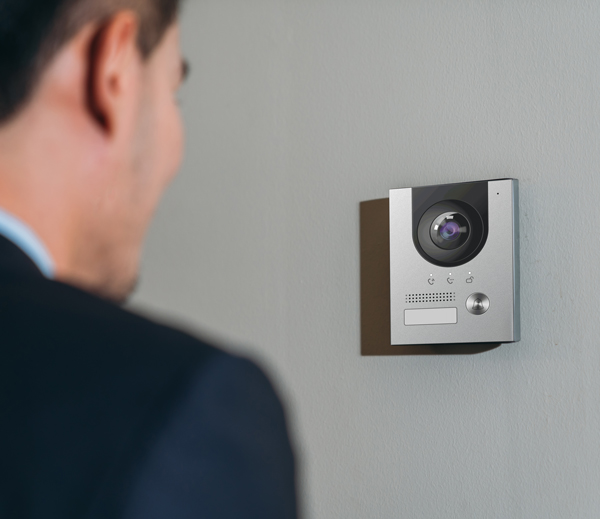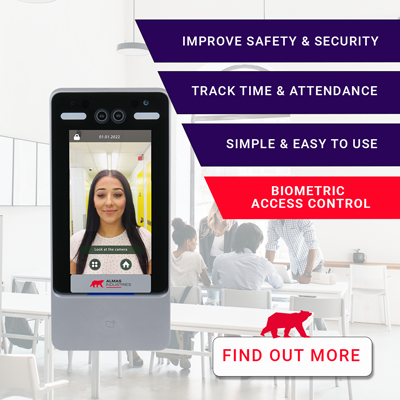

Blog
The post-pandemic workplace: Operating in the new normal
Almas Team

There have been many questions that have been arising as workers return to the office. Many have been around the way that the office should adapt post-pandemic and precautions that they should take as they attempt to adapt to the new normal.
As you open your office doors again, you might be asking yourself, should masks be made mandatory in the workplace? Should you invest in fever-detection measures just in case? Should we just throw all the rules out the window and try to go back to the way things were before the pandemic?
In this article, we will discuss whether employers should be going beyond the minimum standards to protect their workforce and the community.
Good hygiene matters
Even now, there are still many new things that scientists are learning about Covid-19. For now, what we do know is that it is extremely contagious and that it is mostly transmitted through airborne particles. It can spread from one person to another through a variety of ways including coughing, sneezing, breathing, and speaking; and, through physical contact such as shaking hands, touching a handrail, countertop, or other surfaces.
Authorities around the world have urged us to wash our hands more thoroughly and regularly with soap and use hand sanitiser regularly to kill germs. This even applied in the places where it was previously not possible or practical, such as in shops, bars, and restaurants due to newly placed sanitising stations. Similarly, companies have been urged to ensure that all surfaces are sanitised much more regularly.
Should masks be made mandatory post-pandemic?
Professor David Heyman, who chaired the WHO Scientific and Technical Advisory Group, said that masks are “only for the protection of others, not for the protection of oneself” – unless they are clinical grade masks that are used in healthcare.
Studies conducted by the University of Edinburgh support this claim and show that by covering your mouth and nose, you reduce the distance you exhale by more than 90%. However, it should be noted that when masks are used incorrectly, they can instead generate strong jets of air to the side.
The team had stated that only masks with a tight seal against the face could prevent virus-containing particles from escaping.
In late June, Guardian Professor Peter Piot, director of the London School of Hygiene and Tropical Medicine, interviewed the man who helped to discover the Ebola virus in 1976. In this interview, he spoke out in favour of a mask requirement “not only in public transport, but also when entering public places, closed places and shops and so on”.
Despite a few, informal studies, he draws the conclusion: “Even if the masks are not 100% effective: If everyone wears one, they work, as we know from other countries.”
This makes the case for using a mask quite clear. If everyone wears a mask, we can help to reduce the transmissibility of the virus.
What about asymptomatic carriers?
You may not always know if someone has been infected with the Covid virus. Sometimes, the infected individual may be an asymptomatic carrier and may not display any symptoms.
This has been a cause for a discussion that has left scientists divided. In April, the CDC in the United States said, “We now know from recent studies that a significant proportion of those infected with the coronavirus have no symptoms”. However, the WHO followed up in June that it considers asymptomatic transmission to be “very rare”.
Dr. Maria Van Kerkhove is the Head of the WHO Unit for Emerging Diseases and Zoonoses. She said she believed that the numbers of asymptomatic covid carriers could be skewed due to misclassifications. Instead of being completely asymptomatic, they may have been infected and have simply not yet shown the symptoms. For example, a CDC study in Washington state tested patients in a care facility. 13 of the patients who tested positive reported having no symptoms. 10 of them ended up showing the symptoms later.
“Most people who were thought to be asymptomatic are not actually asymptomatic,” said Dr. Van Kerkhove. “
When [WHO] went back and questioned them, most of them said, “Actually, I wasn’t feeling well, but I didn’t think it was important to mention it. I had a mild fever or pain, but I didn’t think that mattered.”
The use of tracking and tracing
Knowing who comes in and out of your building is extremely important, especially during the pandemic where monitoring infection levels should be a top priority.
Access controls have always been important to industry – they make sure workers come and go when they should, and that they don’t go unauthorised. Knowing who is in your building has always been important for health and safety precautions as well as fire protection. Punch cards or timesheets have long been a way of controlling a large part of this process.
The problem, especially during this last year? They include contact.
Regardless of what the staff member has done for “social distancing” or disinfection up to this point in time, every worker needs to use this machine and, which increases the risk of infection.
There is, however, a very simple yet incredibly effective solution for this problem.
Facial recognition. A simple, efficient, and contact-free method to record exactly who is entering and leaving your building. This is perfect for clocking in time and attendance, helps to reduce time theft (no more stamping for friends because you can’t fake their face) and creates instant logs for fire alarms and contact tracing.
All of these measures are designed to stop the transmission of infections within your company. But what does this mean for asymptomatic carriers? Wouldn’t it be nice if you could stop an infected person from entering your building in the first place?
Where fever detection comes into play
Up to 89% of positive cases of COVID-19 have shown fever as a symptom. A slight increase in body temperature above normal is classified as a fever, and we may not even be aware of it ourselves.
The patients in the nursing home said they did not feel symptomatic. And maybe they didn’t feel that way at the time of questioning. One of the great things about the human body is that it handles things quietly in the background. We are exposed to pathogens (an organism that causes disease) every day: from the surfaces, we touch to the food we eat. Most of the time it doesn’t cause a problem, and we may not even be aware that something has tried to take hold.
Face recognition tells you who is in your building. Mask detection ensures that you take reasonable precautions. But scanning your staff and visitors with a temperature detection camera at the same time can tell you almost instantly that someone has a significantly elevated body temperature and therefore may be infected with the virus or a virus/ infection.
Since it is installed right at the entrance to your workplace, you can stop someone who is infected before they progress any further. Having a fever is of course not a guaranteed indicator of COVID-19 – it could also be something else, such as a gastrointestinal problem. But…
Wouldn’t you rather take the time to find out than keep someone working and potentially infect the rest of your workforce? Will attitudes change towards bring any sickness into the workplace moving forwards?
Protect your site today
Almas can help you and your workplace with the transition back into office working by upgrading your site to one that is safe and Covid secure, ready for the post-pandemic future. We’ve been working with biometrics for years including both biometric readers and contactless facial scanners, plus biometric time and attendance solutions.
Safeguard your business with customer focussed solutions and service and prepare for the new normal. For more information, you can call us on 0333 567 77 99 or email us: [email protected]



